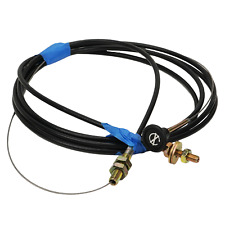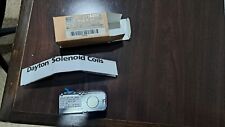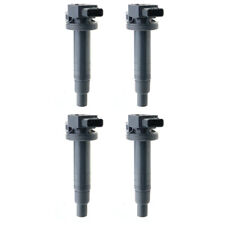
Scientific bias towards the cute, unique or spectacular may be helping condemn a substantial proportion of the world’s plants and animals to extinction, suggests an Australian ecologist.
Scientists develop and use lists of extinct and threatened species to provide social and legal mandates for conservation, to report on the state of the environment and to guide the allocation of scarce resources.
Associate Professor Mark Burgman, a University of Melbourne botanist, criticises the way the lists are developed and our reliance on them to manage the environment. He says they are biased and largely unresponsive to the underlying true threats to species.
“We are facing the prospect of a mass extinction event to rival the loss of the dinosaurs 65 million years ago if we continue to rely on such lists as a management tool for the conservation of our environment,”he says.
Burgman unveils his evidence for scientific bias in the lists and the consequences of the bias in an invited paper in the forthcoming January edition of the Australian Journal of Botany. His criticism flows from his involvement in a working group of international experts from the USA-based National Center for Ecological Analysis and Synthesis (NCEAS) and from an Australian Research Council grant to investigate extinction in Australian flora.
“The result is that extinction rates amongst the less well studied groups are considerably higher than the rates implied by the lists of ‘known’ extinctions. These less appealing species are victims of a lack of interest and are unlikely to attract resources for conservation because priorities are tied to lists whose composition depends on the interests of scientists.
“This regulatory system creates a feedback loop guaranteed to be responsive to the subjective preferences of scientists and largely unresponsive to the underlying true threats.”
Other salient biases, he points out, are the result of proclivities and particular expertise of local authorities. For example, Tasmania’s list of 650 threatened species includes about 200 species of Hydrobiid snails.
Burgman suggests a further problem is an inconsistency in the various lists themselves. Lists of presumed extinct and threatened species are characterised by a substantial degree of turnover. A species extinct today will be found alive and well the next. An endangered species will suddenly be considered safe.
“Examination of the lists of extinct Australian species, for example, draws the inescapable conclusion that the majority of this change is due merely to an increase in knowledge of the listed species rather than any change to their chances of survival,”he says.
“Most of the information contained in the turnover of species is therefore noise and does little to inform us about the impacts of human activities.
“Such a system entrenches the focus on species that seem most attractive to biologists, rather than on species most likely to become extinct or those whose loss will precipitate the most costly consequences.”
There is even inconsistency in the way lists are developed, claims Burgman.
“In Australia, lists of presumed extinct and threatened plants are maintained by scientific representatives from responsible state and federal government agencies. Systems for threat assessment though may vary between agencies: for instance, NSW is guided by the IUCN (1994) rules. Other agencies rely on different methods, some of which are subjective, while others rely on quantitative techniques,” he says.
Burgman evaluated the concordance between several of these methods for setting conservation priorities by using a common data set of 29 threatened plants. He discovered the correlation between each method was unsettlingly low.
“One method would find a species safe; another would place it in the endangered or threatened category,” he says.
Burgman lists three pieces of information that support assessments of the state of the environment and inform scientists and government agencies how best to act.
The three are:
- changes in the numbers of extinct and threatened species
- the causes of past extinctions
- the causes of any future threat.
“The lists as a concept are undeniably important, but interrogation of these lists, as they currently stand, fails to provide these vital pieces of information.
“While we rely on these lists we will continue to make badly targeted conservation and funding decisions. For example, funding that inadvertently targets safe species will elevate the risk to threatened species and precipitate extinctions that could otherwise have been avoided.”
Burgman’s NCEAS working group is developing and testing methods for classifying species’ conservation status and estimating risk.
“The project will synthesise and evaluate existing protocols for classifying species conservation status applied in the United States, Australia, Mexico, Great Britain and elsewhere,” he says.


















Comments are closed.